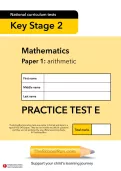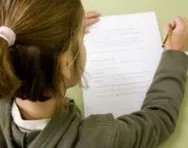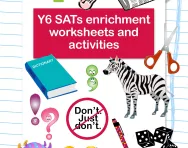TheSchoolRun.com closure date
As we informed you a few months ago, TheSchoolRun has had to make the difficult decision to close due to financial pressures and the company has now ceased trading. We had hoped to keep our content available through a partnership with another educational provider, but this provider has since withdrawn from the agreement.
As a result, we now have to permanently close TheSchoolRun.com. However, to give subscribers time to download any content they’d like to keep, we will keep the website open until 31st July 2025. After this date, the site will be taken down and there will be no further access to any resources. We strongly encourage you to download and save any resources you think you may want to use in the future.
In particular, we suggest downloading:
- Learning packs
- All the worksheets from the 11+ programme, if you are following this with your child
- Complete Learning Journey programmes (the packs below include all 40 worksheets for each programme)
You should already have received 16 primary school eBooks (worth £108.84) to download and keep. If you haven’t received these, please contact us at [email protected] before 31st July 2025, and we will send them to you.
We are very sorry that there is no way to continue offering access to resources and sincerely apologise for the inconvenience caused.
Exam revision planner for SATs and beyond

No one looks forward to exams. But if your children are organised, they don’t have to be the stuff of nightmares and they can even find time for some fun in between swotting up. Here’s our guide to stress-less revision.
Create an action plan


Prepare your child for SATs today
- Your guide to SATs
- SATs revision courses
- SATs practice papers in English & maths
Use memory tricks
Match their learning style
If your child is a visual learner, offer them coloured pens and highlighters so they can write notes and draw pictures to help them remember facts.







